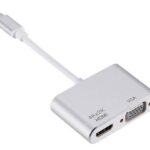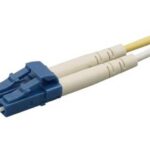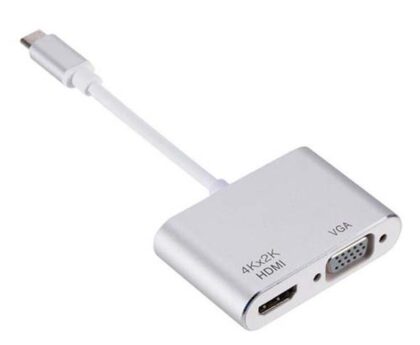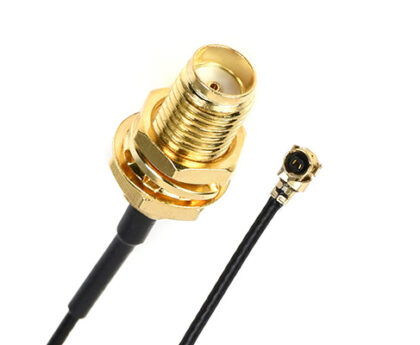RJ connectors, also known as registered jack connectors, are standardized telecommunication connectors used for various types of communication lines, such as telephone and Ethernet. There are several different types of RJ connectors, each with its own unique characteristics and use cases. In this article, we will explore the differences between RJ9, RJ10, RJ11, RJ12, and RJ45 connectors.
RJ9 Connectors
RJ9 connectors, also known as RJ22 connectors, are 4-pin connectors used for telephone handsets. They have a small, rectangular shape with four pins arranged in a single row. The pinout configuration for RJ9 connectors is as follows:
- Pin 1: Ground
- Pin 2: Tip
- Pin 3: Ring
- Pin 4: Spare
RJ9 connectors are commonly used with telephone handsets and headsets, as well as in other telecommunication equipment such as PBX systems and cordless phone base stations.
RJ10 Connectors
RJ10 connectors are similar to RJ9 connectors in that they are also used for telephone handsets, but they have a slightly different pinout configuration. RJ10 connectors have six pins arranged in two rows of three. The pinout configuration for RJ10 connectors is as follows:
- Pin 1: Ground
- Pin 2: Tip
- Pin 3: Ring
- Pin 4: Spare
- Pin 5: Spare
- Pin 6: Spare
RJ10 connectors are less common than RJ9 connectors and are primarily used in telephone handsets and headsets with additional features such as volume control or mute buttons.
RJ11 Connectors
RJ11 connectors are 6-pin connectors commonly used for telephone wiring. They have a similar rectangular shape to RJ9 connectors, but with two rows of three pins. The pinout configuration for RJ11 connectors is as follows:
- Pin 1: Ground
- Pin 2: Tip
- Pin 3: Ring
- Pin 4: Spare
- Pin 5: Spare
- Pin 6: Spare
RJ11 connectors are widely used in telephone systems, as well as in other types of communication equipment such as modems and fax machines.
RJ12 Connectors
RJ12 connectors are similar to RJ11 connectors in both shape and pinout configuration, but they have an additional pair of pins. RJ12 connectors have eight pins arranged in two rows of four. The pinout configuration for RJ12 connectors is as follows:
- Pin 1: Ground
- Pin 2: Tip
- Pin 3: Ring
- Pin 4: Spare
- Pin 5: Spare
- Pin 6: Spare
- Pin 7: Spare
- Pin 8: Spare
RJ12 connectors are primarily used in telephone systems, but they are also used in other types of communication equipment such as card readers and security systems.
RJ45 Connectors
RJ45 connectors are 8-pin connectors used for Ethernet networking. They have a larger, rectangular shape with eight pins arranged in two rows of four. The pinout configuration for RJ45 connectors is as follows:
- Pin 1: Transmit+
- Pin 2: Transmit-
- Pin 3: Receive+
- Pin 4: Spare
- Pin 5: Spare
- Pin 6: Receive-
- Pin 7: Spare
- Pin 8: Spare
RJ45 connectors are the most commonly used type of RJ connectors and are found in a wide range of networking applications, including Ethernet cables, routers, switches, and patch panels. They are also used in other types of communication equipment such as modems, VoIP phones, and video surveillance systems.
Conclusion
In summary, RJ9, RJ10, RJ11, RJ12, and RJ45 connectors are all types of telecommunication connectors with unique physical characteristics and pinout configurations. RJ9 connectors are used for telephone handsets, RJ10 connectors are used for telephone handsets with additional features, RJ11 connectors are used for telephone wiring, RJ12 connectors are used in telephone systems, and RJ45 connectors are used for Ethernet networking. Understanding the differences between these connectors can help you choose the right connector for your communication needs.




